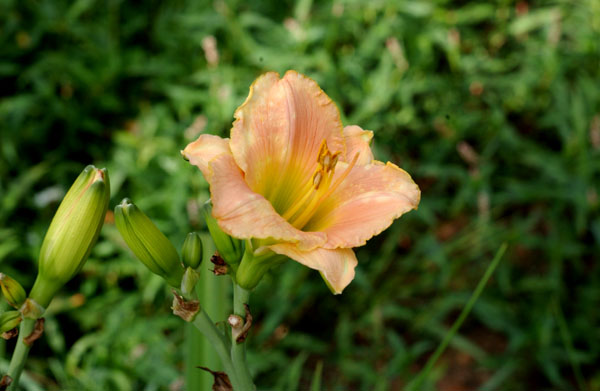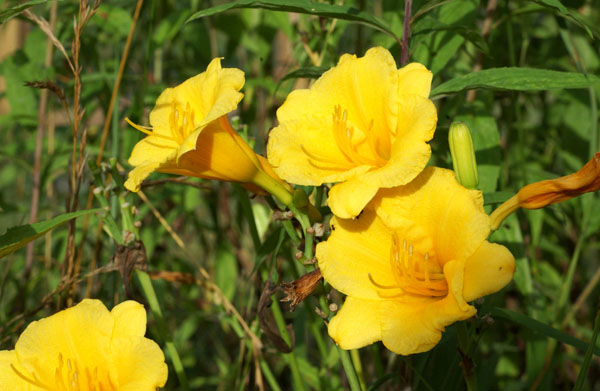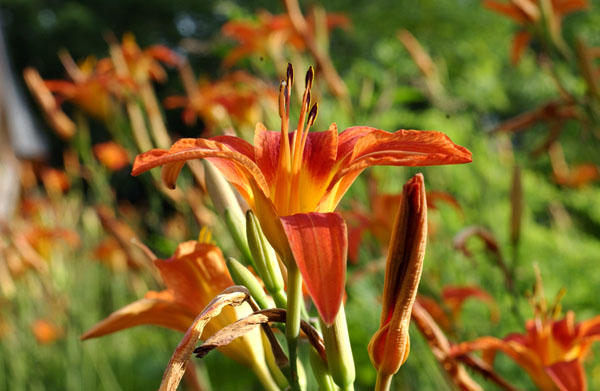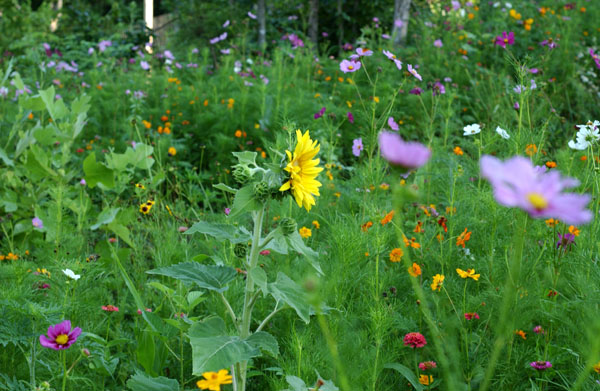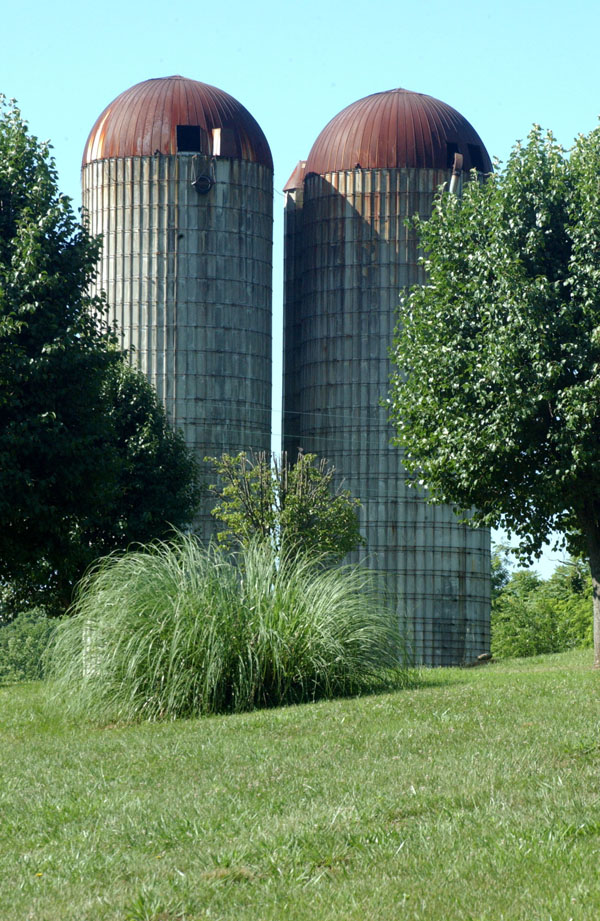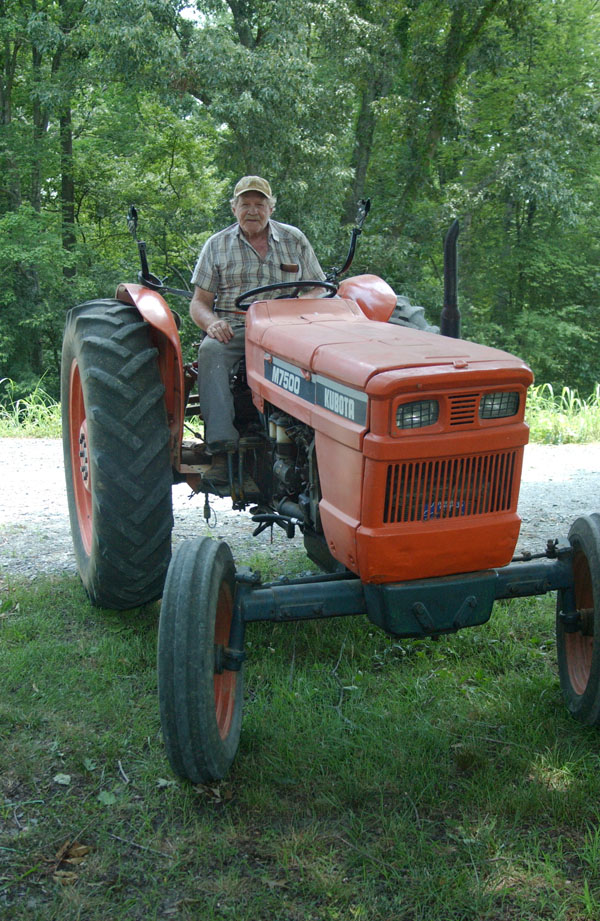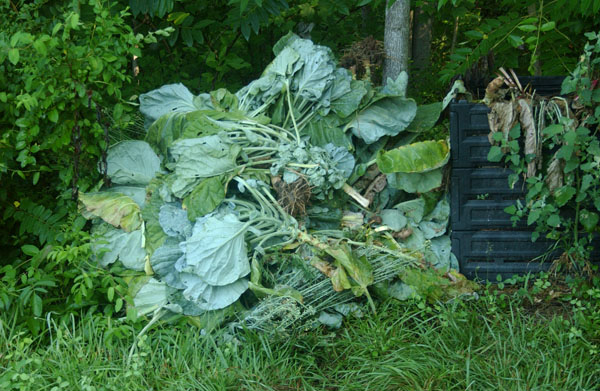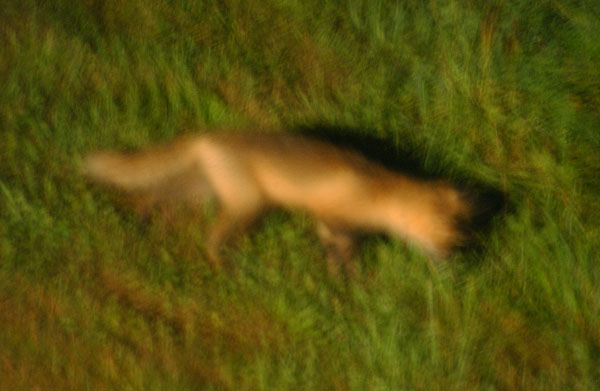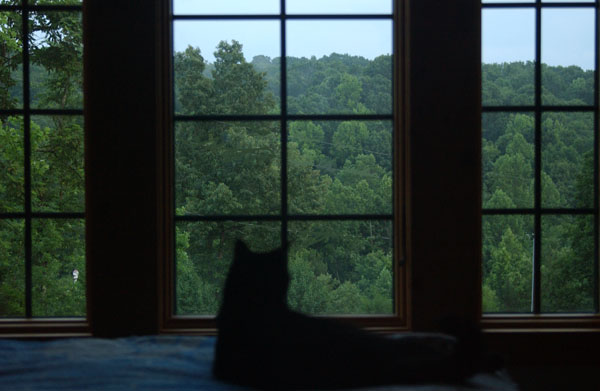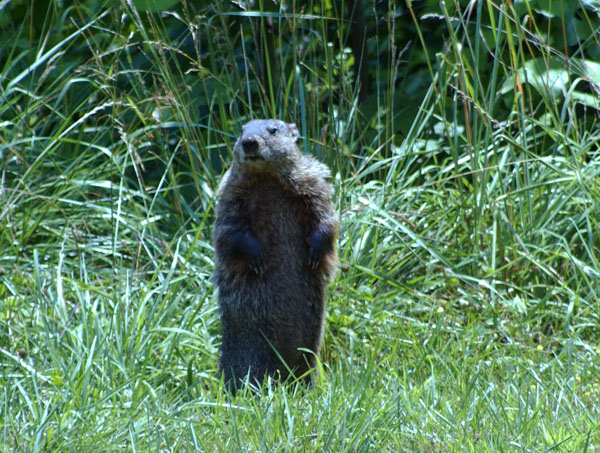If I had to pick a favorite flower, it would be the lily. Unless scent is the criterion, in which case I would pick gardenia or lilac. I have several varieties of day lilies, but I need more. The last photo is the common wild lily. It’s what I planted on my steepest bank, because of its hardiness. The others are hybrids.
Never turn your back on a cucumber vine
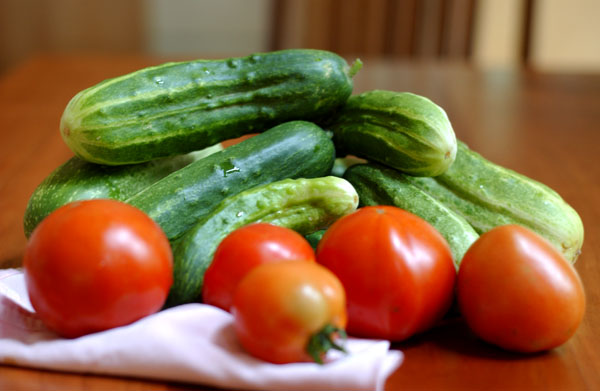
Three days’ worth, two cucumber vines
Three days ago I picked all the cucumbers. I left no cucumbers over two inches long. I was in no hurry to go back, thinking that the weather was so dry that not much could be happening. But this morning there were oodles of cucumbers, and some of them were even too big to be ideal.
The ability of certain plants to grow and produce in hot, dry weather continues to blow my mind. It’s almost as though the cucurbits — cucumbers, squash, pumpkin, melons — tap into the high humidity, though I know that they don’t actually do that. The key — as was clear in my organic gardening books and as I am now seeing with my own eyes — is to have fertile soil, to plant things well apart, and to keep the weeds down. This is simply old-fashioned gardening the way our grandparents did it. I have had only .3 inch of rain in the last three weeks, which I’ve supplemented with a quick watering with the hose on particularly hot days when the temperature went to 95. These were not deep waterings, but just enough to cool things down, reduce stress, and buy time for rain.
Though the tomatoes seem to crave more moisture than the cucurbits, they are holding their own. Based on what I’ve learned this year, I’ll amend my planting next spring. The brussels sprouts took up a lot of space but never produced, so no more brussels sprouts. The cauliflower was finicky. No more cauliflower. The cabbage and broccoli, at least, earned its space. Next spring I’ll reduce the amount of space allocated to the cabbage family and save the garden space for more cucurbits.
Chicken jump … and a fox report
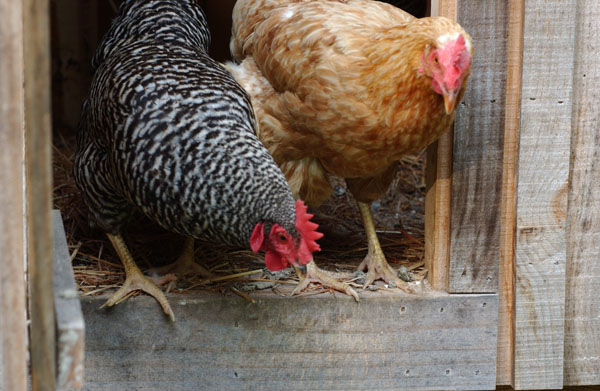
Ready to jump down and start their day
One of the morning chores here is to go let the chickens out. They spend the night in their wooden chicken house, three feet off the ground, where no night predators can get at them. During the day, there is always risk.
I’ve known since last winter that a fox had moved in down at the edge of the woods about 50 yards from the house. Now I’ve learned that she’s a vixen and that she has at least one, maybe two, pups. The pups are now a little larger than half the size of their mother. Now that the pups are starting to roam and to learn to hunt, I’ve seen them almost every day for the last week. The pups are not as shy as their mom.
Last Wednesday afternoon, one of the pups got inside the chicken fence. I heard the chickens squawking in panic and ran out the back door. The foxlet saw me and ran, banging its head on the fence before it found the way out. I promptly made some reinforcements along the bottom of the fence using stone, boards, and metal stakes. Since Mrs. Fox has been here for months and has never bothered the chickens, my guess is that she is too big to defeat the fence, but junior was able to do it.
Three times now in the last week, Lily has alerted me to a fox near the front window. The voles’ main home is the day lily patch near the window and the vole patch out near the road. I was afraid I had an overpopulation of voles and even ordered some vole traps, but now that I see that the vole patch is a grocery store for the fox family, I’m going to not worry about it and let nature take its course. The voles have taken some bites out of beets and cucumbers and ravaged some pea plants, but their harm is slight enough that for now I’m going to leave the voles alone for the fox to manage. No doubt this time of year is the time of maximum population for the voles and similar creatures. Their numbers should dwindle greatly by winter as their food supply diminishes and the foxes press them harder. A few days ago I saw Mrs. Fox with a vole in her mouth, trotting back to her den. Ah, the mysteries of the food chain. The fertilizer feeds the day lily roots and bulbs, which feed the voles, which feed the fox. We all owe our livings to the soil.
The young foxes are outrageously cute. So far I’ve not been able to get a photo. Though they clearly roam all over the yard, they dart away as soon as they see me. But I will keep the camera handy.
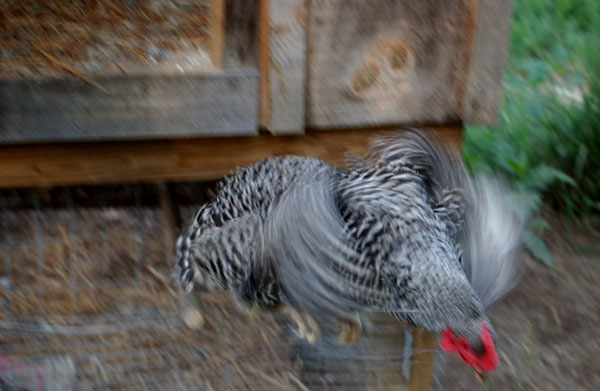
I need to reshoot the chicken jump with a fast shutter speed. My new camera has a fast enough shutter to stop hummingbirds’ wings, but I’m not yet fast enough to change the settings in time when a photo demands it.
Here come the sunflowers
The smaller flowers in the wildflower patches have been blooming for several weeks. Now the larger flowers — the sunflowers — are starting to gain some altitude. I planted some giant sunflowers. They’ll probably take the longest.
Road trip to Yadkin
I went on a road trip yesterday to Yadkin County, where most of my family live. Here are a few photos from along the way.
For ages, I’ve been fascinated with the old concrete silos. I think it’s related to my fascination with towers. I’ve always thought that a silo could be converted into a great place to live. These silos are on the north side of Pilot Mountain.
About my photos: Normally, when I post photos on the blog, I size them down to 600 pixels wide so that the pages load nice and quick. Now that I have a much nicer camera, for some of my photos I will include a link to a high-resolution version of the photo.
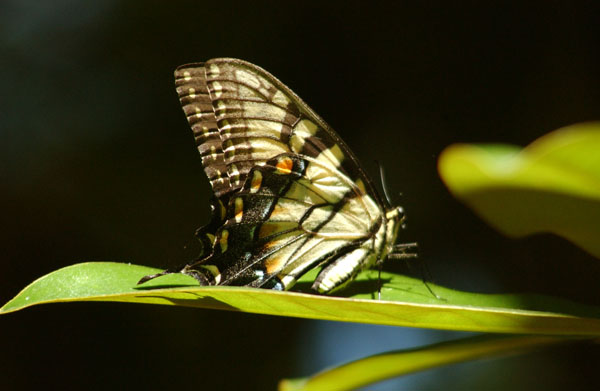
[Link to high-res] A butterfly in my mother’s magnolia tree
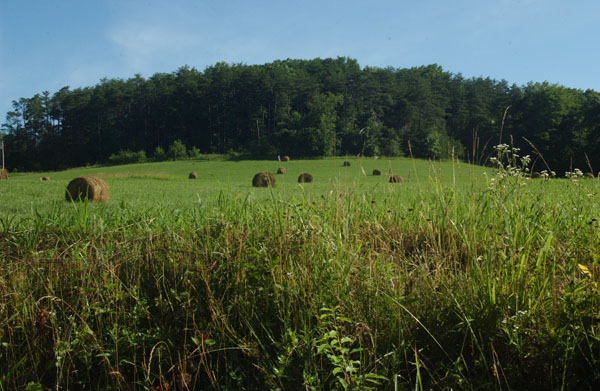
[Link to high-res] A field just north of Hanging Rock State Park
Summer: To hate thee or not to hate thee?

Looking toward Prabhupada Village from Moir Farm Road
Shall I compare thee to a summer’s day?
Thou art more lovely and more temperate…— William Shakespeare, Sonnet XVIII
Wouldn’t it be wonderful if summer days were still temperate?
I realized while I was mowing this morning that I don’t hate summer. What I hate is abnormal summer. After a long run of days with temperatures in the 90s and as high as 97, today seems downright cool. It was 80 degrees out when I was mowing. Now, at 3:30 p.m., it’s 86. It feels like a cool spell, but really it’s not. It’s just close to normal (though still a few degrees above normal). According to the National Weather Service, the normal temperature for June 13 in Greensboro, N.C. (south of here) is 83. Amazing, isn’t it? Temperatures come down to a few degrees above normal and it feels like a cool spell.
But this is what summers used to be like.
Since the weather was so fine, and since I had to go to the post office anyway, I went on a short picture-taking expedition to Danbury, then through back roads to Sandy Ridge, and home again.
I stopped to talk to Carl Hicks, who was out on his tractor on Mission Road. Mr. Hicks owns the land that the nearest Verizon tower sits on, and I drove by hoping to bump into a Verizon technician who I might pump for information on Verizon’s Internet services in these parts. There was no technician, but Mr. Hicks did confirm that Verizon finally ran fiber to the tower a couple of months ago. Maybe that will help with my Internet service, though I’ve not seen any improvement yet.
Mr. Hicks and I talked a while under the shade of a huge oak tree. His view is the same as mine: It wasn’t this hot when we were young. Weather like today’s reminded us both of how summers used to be.

Moratock Park on the Dan River near Danbury

A classic Jeep near Sandy Ridge
Garden strategy
Sunday morning I pulled up all the defunct members of the cabbage family — broccoli, brussels sprouts, cauliflower, cabbage — and threw the carcasses onto a pile for composting. I left a few cabbages that might revive enough to be eaten. I got caught up on the hoeing and weeding. Every little bit helps when it comes to saving water. Not that many weeds had grown in the dry weather.
Late Sunday afternoon, about .3 inch of rain fell. In a way, that’s pathetic, because it’s all I’ve had in three weeks. But it was definitely enough to refresh the garden and help me hold out until the next rain.
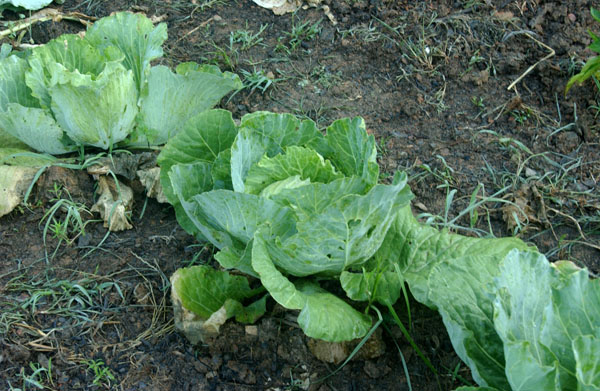
These poor cabbages won’t be perfect, but I think they’ll be edible.
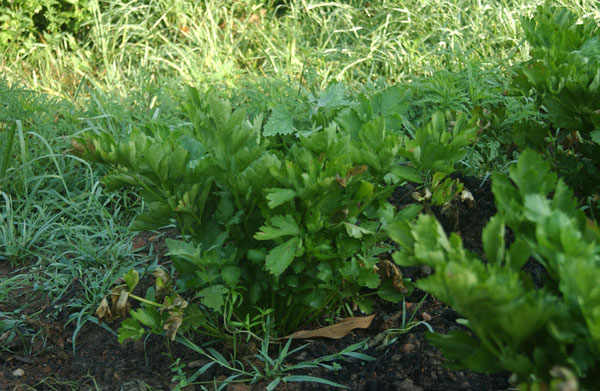
With the celery refreshed by the rain, I’ll pull it all within the next two days.
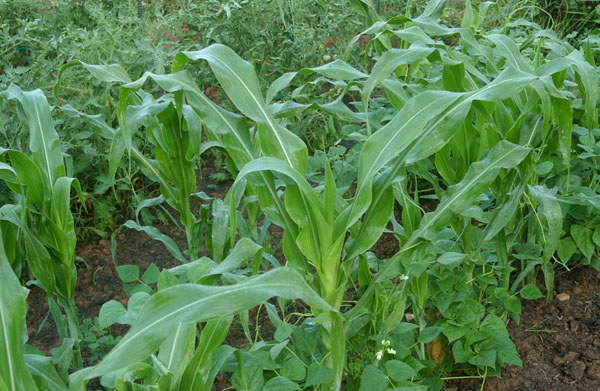
The high summer vegetables — tomatoes, squash, corn, beans, pumpkin, watermelon, and canteloupe — are holding up well, though the tomatoes show signs of stress.
Mr. Fox
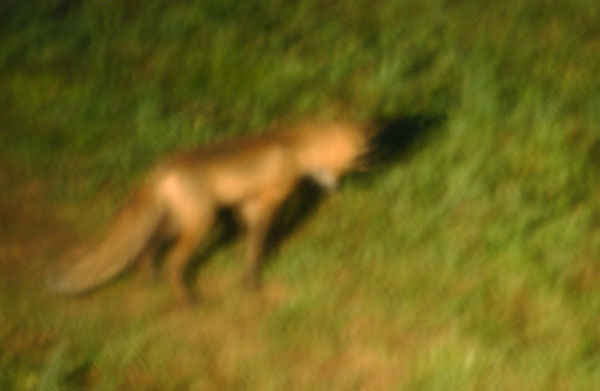
Exposure: 3 seconds, f/3.8, ISO 800
About 9:45 p.m. this evening, I was lying on the bed reading, with Lily. Suddenly Lily, who was looking out the window, started growling. I had no idea what she saw, but the growl was kind of spooky, expressing deep hatred and familiarity. She jumped off the bed and ran downstairs.
One of the things I did when I overwired my house (there is well over a mile of electrical wiring in my house) was to put a switch beside my bed for all the outdoor floodlights. There are two floodlights on each corner of the house, giving 360-degree lighting. I quickly flicked on the floodlights. Above the day lily bank, clearly hunting for voles (an activity of which I highly approve), was Mr. Fox. I’ve known since last winter that I have a fox as a neighbor. Ken found its den about 75 yards below the house and even left food for it during the winter.
Mr. Fox seemed to totally ignore the floodlights. I grabbed the camera. There was simply no way to get a good photo. There was too little light, especially for my telephoto lens, and the camera had to use exposures of up to 3 seconds, making blur impossible to avoid. There was no time to go get the tripod. I had to do the best I could with my elbows propped on a table near the window.
I hope there will be other opportunities to photograph Mr. Fox. He (or she) is incredibly cute. And he can have all the voles he can eat.
Tired of groundhog pictures?
New Yorker: Storms brewing
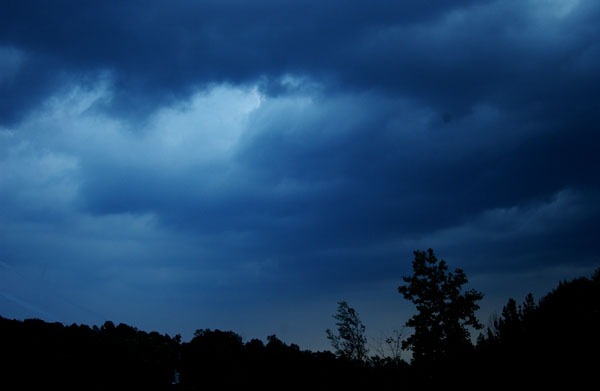
These clouds over my place on Friday produced no measurable rain.
Continuing with the subject of abnormal and dangerous weather, Elizabeth Kolbert has a piece in the June 13 & 20 issue of the New Yorker on the recent extreme weather and how it is exactly what has been predicted as a consequence of global warming. The article is free to non-subscribers.


